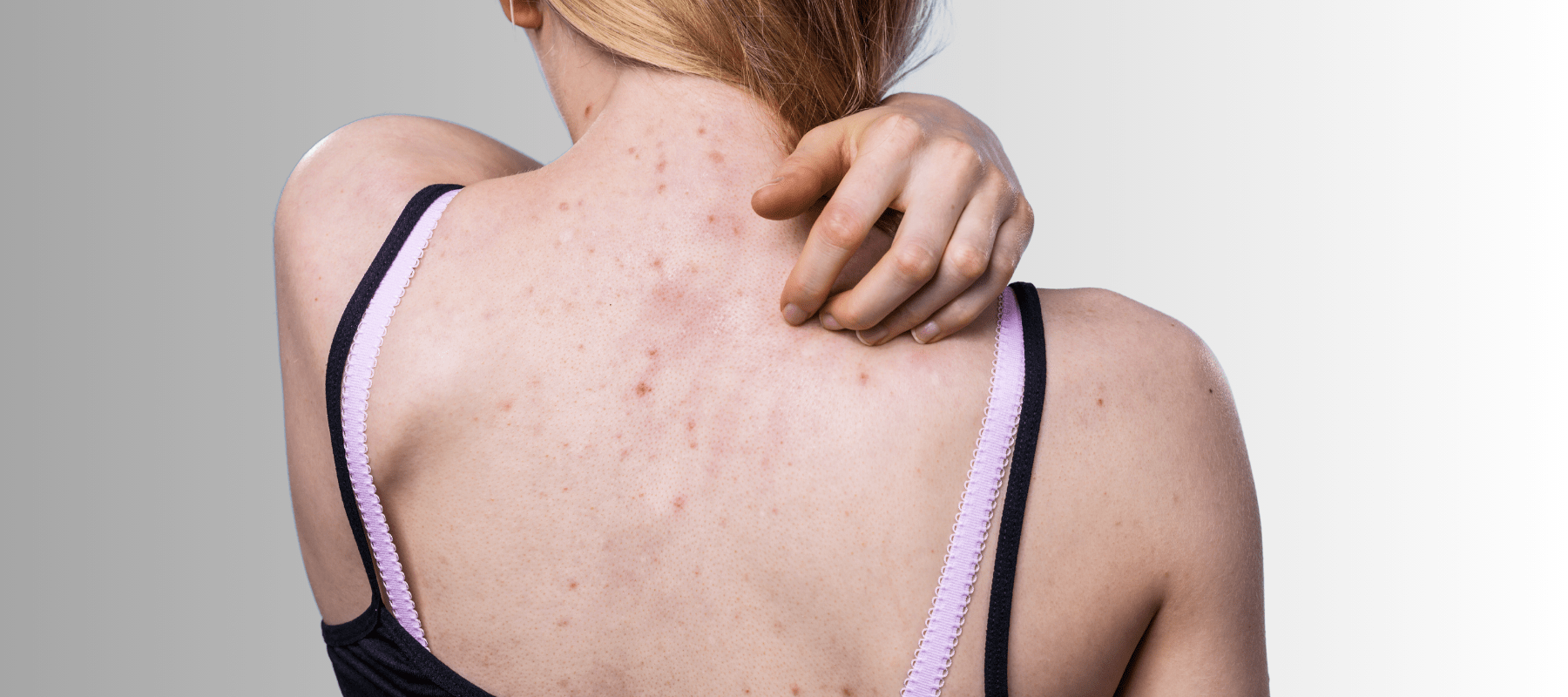
Bacne 101: Acne on Back Reasons and Treatment
Though facial acne often takes centre stage, 'bacne' or back-based acne can pose an equally troubling issue. Individuals of all ages may struggle with bacne as it potentially becomes a source for discomfort. This article shall investigate the causes of bacne and delve into effective treatment options.
Causes of bacne
The various acne on the back reasons are as follows:
1. Hormonal factors
Significantly, hormonal imbalances contribute to the development of bacne. Both men and women have sebaceous glands in their skin that these imbalances can stimulate with androgens, male sex hormones. When an excessive production of oil mixes with dead skin cells as well as bacteria it may clog back hair follicles which ultimately causes acne breakouts. During puberty, menstruation, and conditions such as polycystic ovarian syndrome (PCOS) hormonal changes can exacerbate bacne.
2. Genetics
An individual's susceptibility to bacne is also genetically determined. If your parents or close relatives have a history of back acne, you may inherit their genetic predisposition. Certain genes can increase the likelihood of developing acne on your back by making your skin more prone to it.
3. Poor hygiene or skincare routine
To prevent bacne, one must maintain proper hygiene and a consistent skincare routine. The back requires regular cleansing to avoid dirt, sweat, and bacteria buildup. Moreover, allowing clothing friction against the skin can exacerbate this issue significantly. Selecting non-comedogenic, fragrance-free skincare products for your back remains essential as the use of harsh or pore-clogging alternatives could exacerbate the condition.
Also read: Daily Skincare Routine To Follow For Getting Healthy Skin
4. Sweat and oil buildup
The primary cause of bacne is the accumulation of sweat and oil on the skin's surface. Physical exertion or exposure to hot, humid climates prompts sweating. This in turn can lead to clogged pores, a direct result of that potent combination of sweat and oil. Such conditions create an ideal environment for acne-causing bacteria growth. This issue intensifies when one wears tight clothing that traps sweat against the skin.
Risk factors for developing bacne
Several risk factors increase the likelihood of developing bacne:
1. Athletes
People who engage in regular physical activities and sports, especially those that involve heavy sweating, are at higher risk of developing bacne.
2. Certain clothing
Wearing tight-fitting clothing, such as sports bras and compression shirts, can trap sweat and contribute to bacne development.
3. Occupation
Professions that involve wearing tight, non-breathable uniforms, like firefighters or astronauts, may increase the risk of bacne.
4. Medications
Some medications, including steroids and certain birth control pills, can disrupt hormonal balance and lead to acne, including bacne, as a side effect.
Effective treatment options for bacne
Wondering, ‘How to get rid of back acne?’ Several treatment options thankfully exist for managing and alleviating bacne. However, the severity of the condition and individual preferences determine which option to choose.
1. Topical treatments
Salicylic acid or benzoyl peroxide often serve as the initial defence against bacne, their topical treatments functioning to unclog pores, diminish inflammation and eliminate acne-causing bacteria.
Direct application of these products to the affected area is crucial for effective operation. They require time in order to work optimally. Exercise caution when administering these treatments, for they may induce dryness or irritation. A non-comedogenic moisturiser can effectively mitigate these potential side effects.
2. Exfoliation
Engaging in regular exfoliation is a process that involves using either gentle scrubs or chemical exfoliants like glycolic acid. It helps to eliminate dead skin cells and forestall their accumulation within pores, an action crucial for skin health. One must exercise caution not to over-exfoliate. This can exacerbate conditions by inciting irritation and instigating additional oil production.
Also read: Chemical VS Physical Exfoliation: Difference & Which is Better
3. Hygiene and lifestyle changes
To manage bacne effectively, one can also enhance personal hygiene and implement specific lifestyle changes. Showering immediately after sweating, donning loose-fitting, breathable clothing and regularly altering bedding, actions prevent the build-up of sweat, dirt, and oil. Opting for mild fragrance-free cleansers over harsh soaps or scrubs proves beneficial.
4. Prescription medications
A dermatologist may prescribe oral or topical antibiotics to combat inflammation and bacteria in more severe cases of bacne. They might also recommend oral contraceptives to address hormonal imbalances that contribute to pimples on the back.
5. Light and laser therapy
Various light and laser therapies, offered by dermatological clinics, treat bacne. These treatments operate through a dual mechanism of reduction of inflammation and elimination of surface bacteria. While they can yield effectiveness, their application often needs multiple sessions. Moreover, practitioners typically reserve them for severe cases.
6. Chemical peels
Chemical peels involve applying a chemical solution to the skin, which peels away the top layer, revealing fresher skin beneath. These can help improve the appearance of bacne scars and reduce the risk of future breakouts.
7. Isotretinoin
Dermatologists can prescribe isotretinoin, a potent oral medication, to treat severe and resistant cases of bacne. This treatment effectively reduces oil production. It can potentially induce long-term remission in acne as well. Due to its potential side effects intensive monitoring by healthcare professionals is crucial.
Conclusion
Like facial acne, bacne may distress and diminish one's self-esteem. The first step to managing and preventing it involves understanding its causes and risk factors. A comprehensive approach that tackles bacne effectively offers a range of treatment options from topical treatments, and lifestyle changes, to prescription medications.
Consulting a dermatologist proves advisable as they can determine the best course of action for your specific condition. By aligning yourself with an expert and implementing their recommended treatment, in addition to maintaining consistent skincare routines, you can achieve clearer, healthier skin on your back.
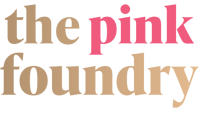


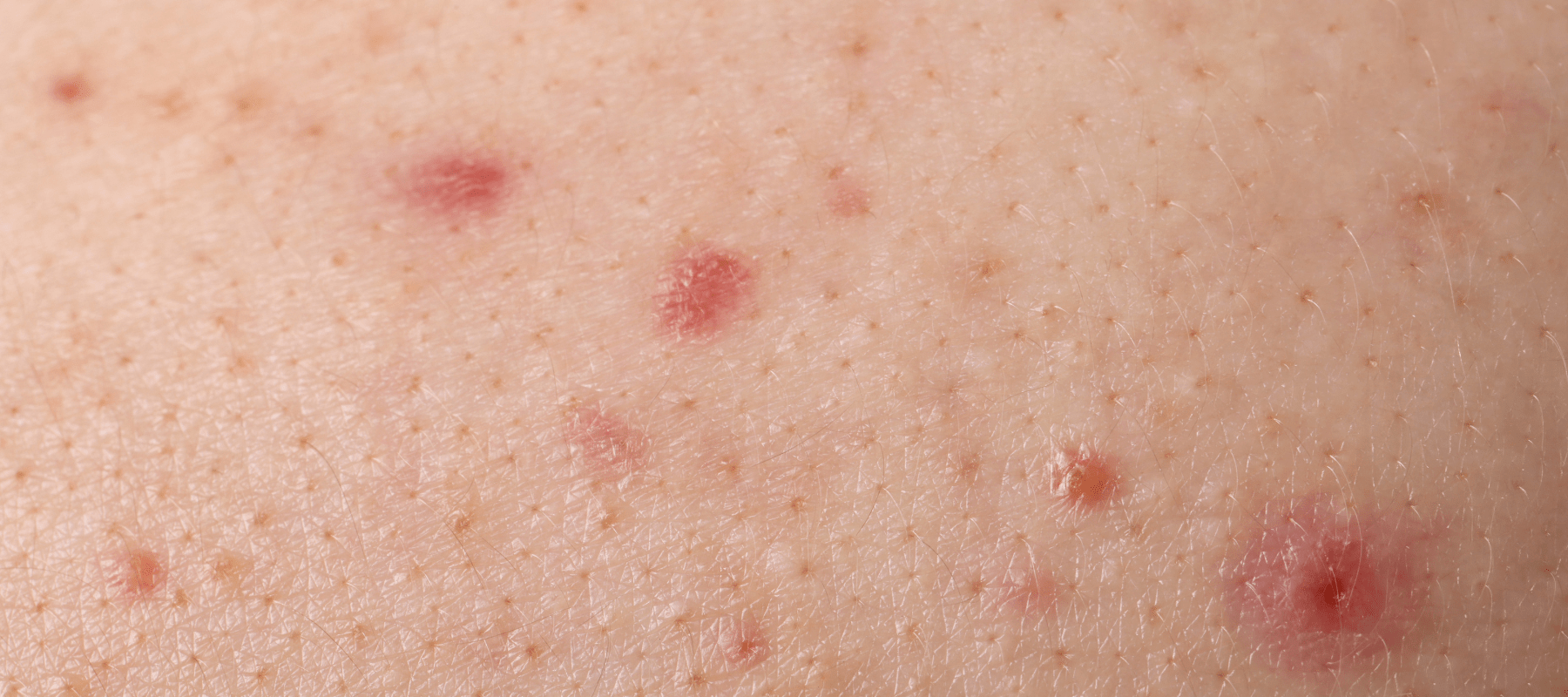

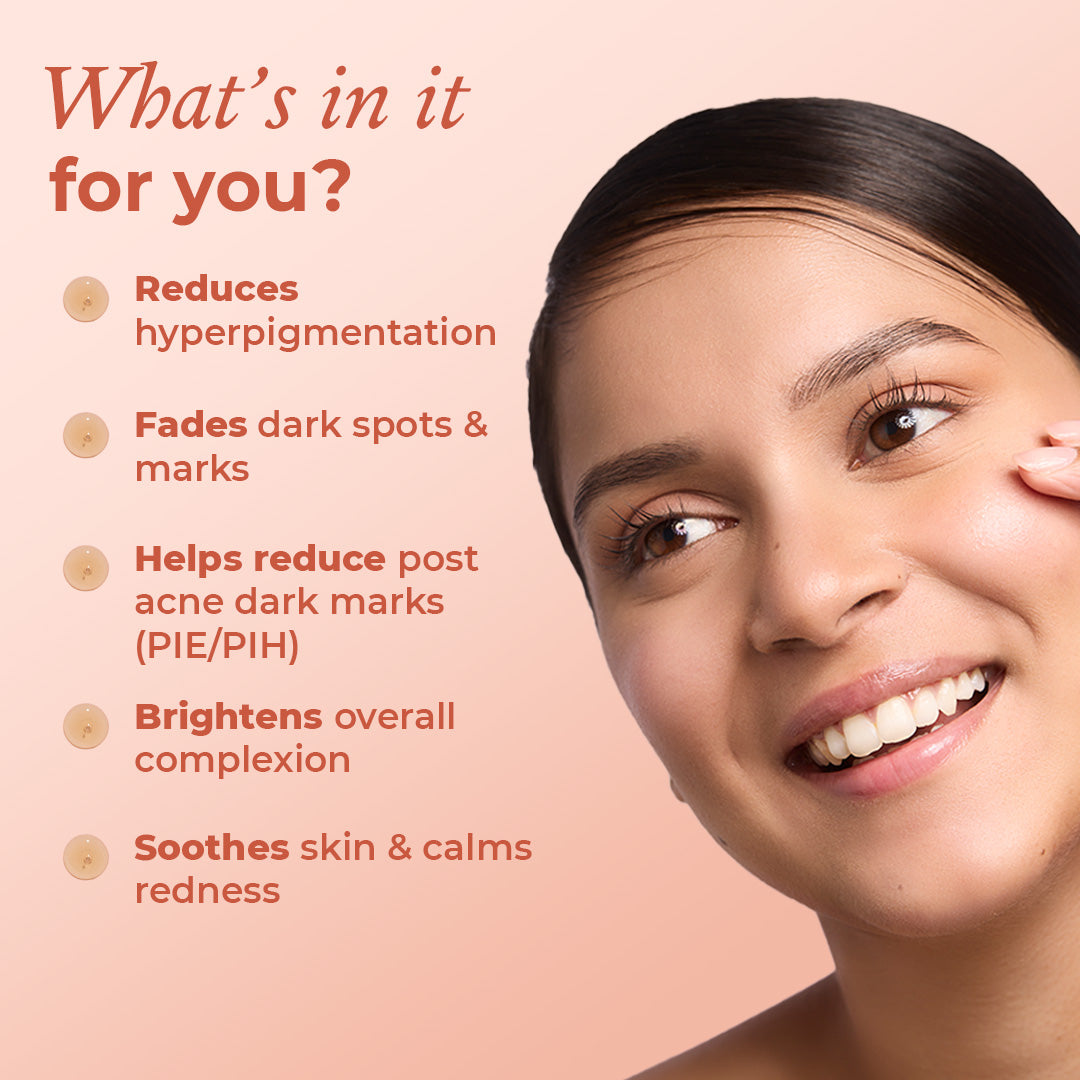

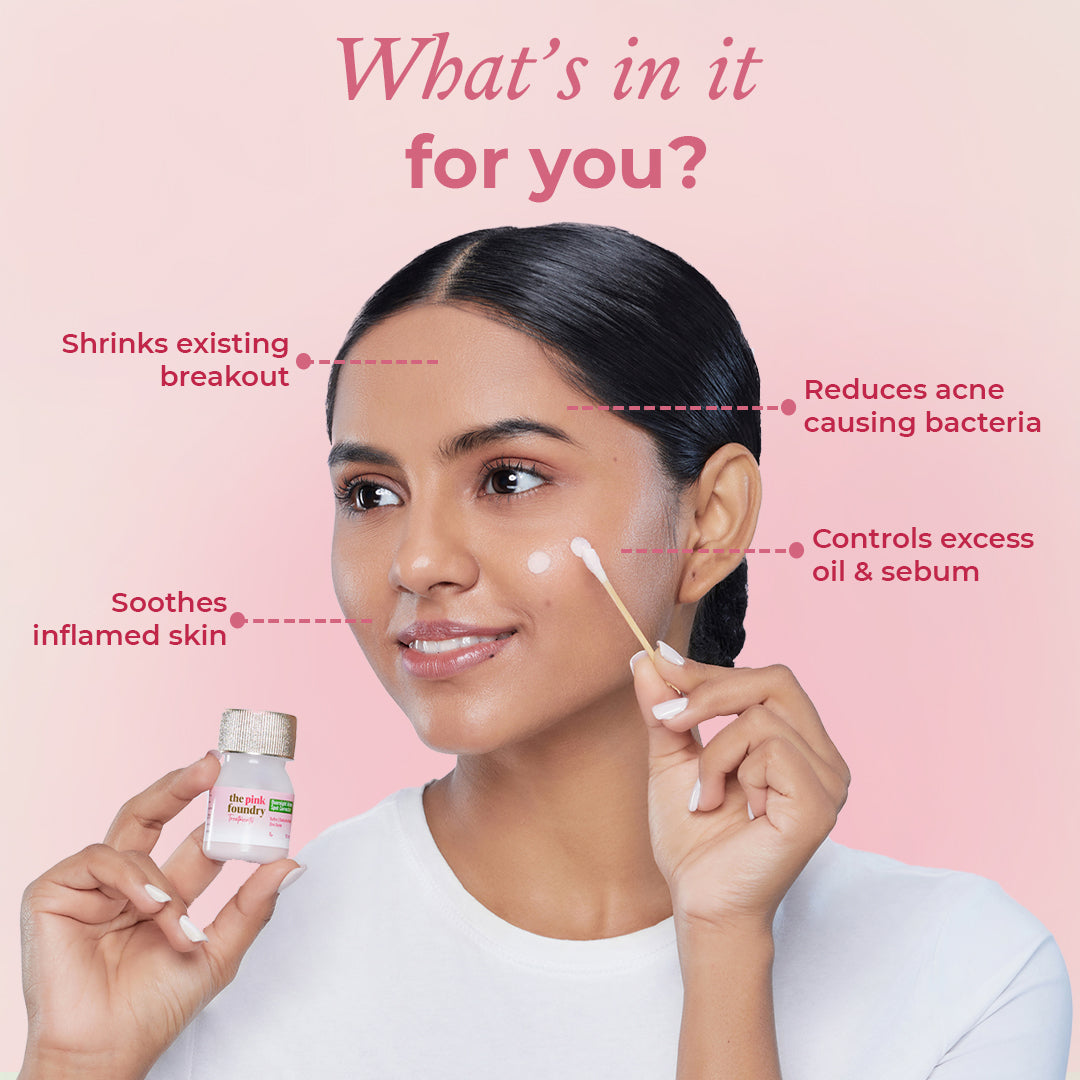
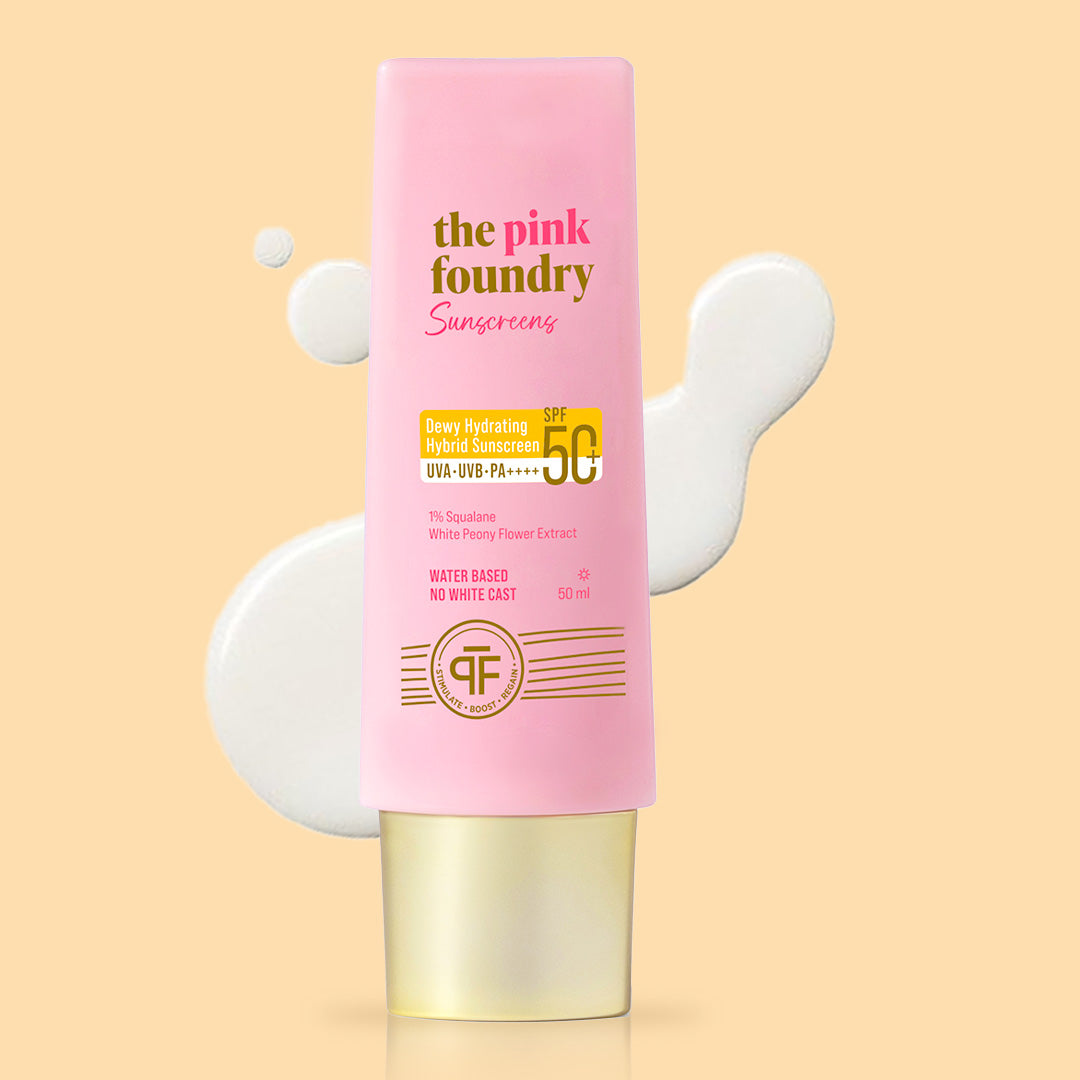
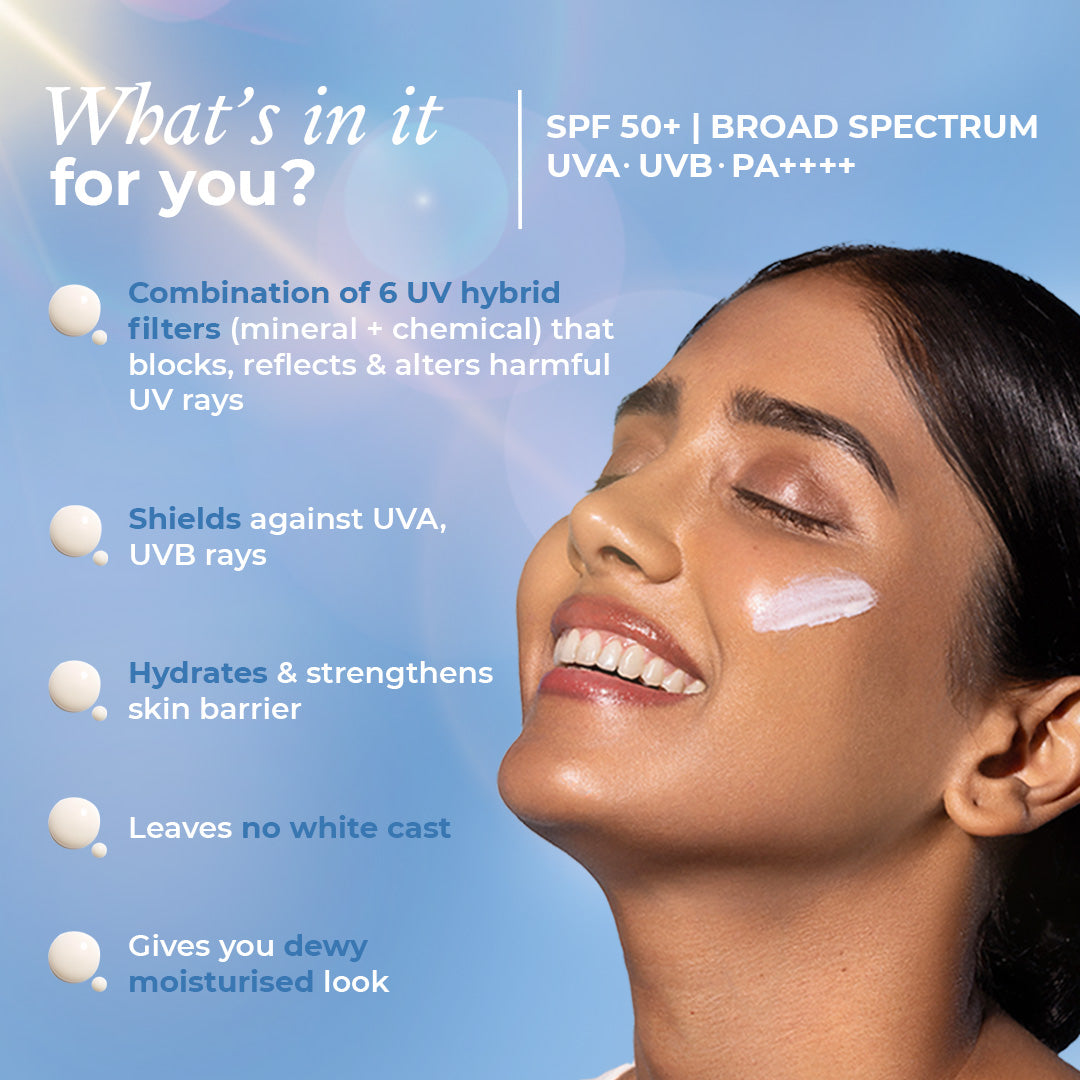
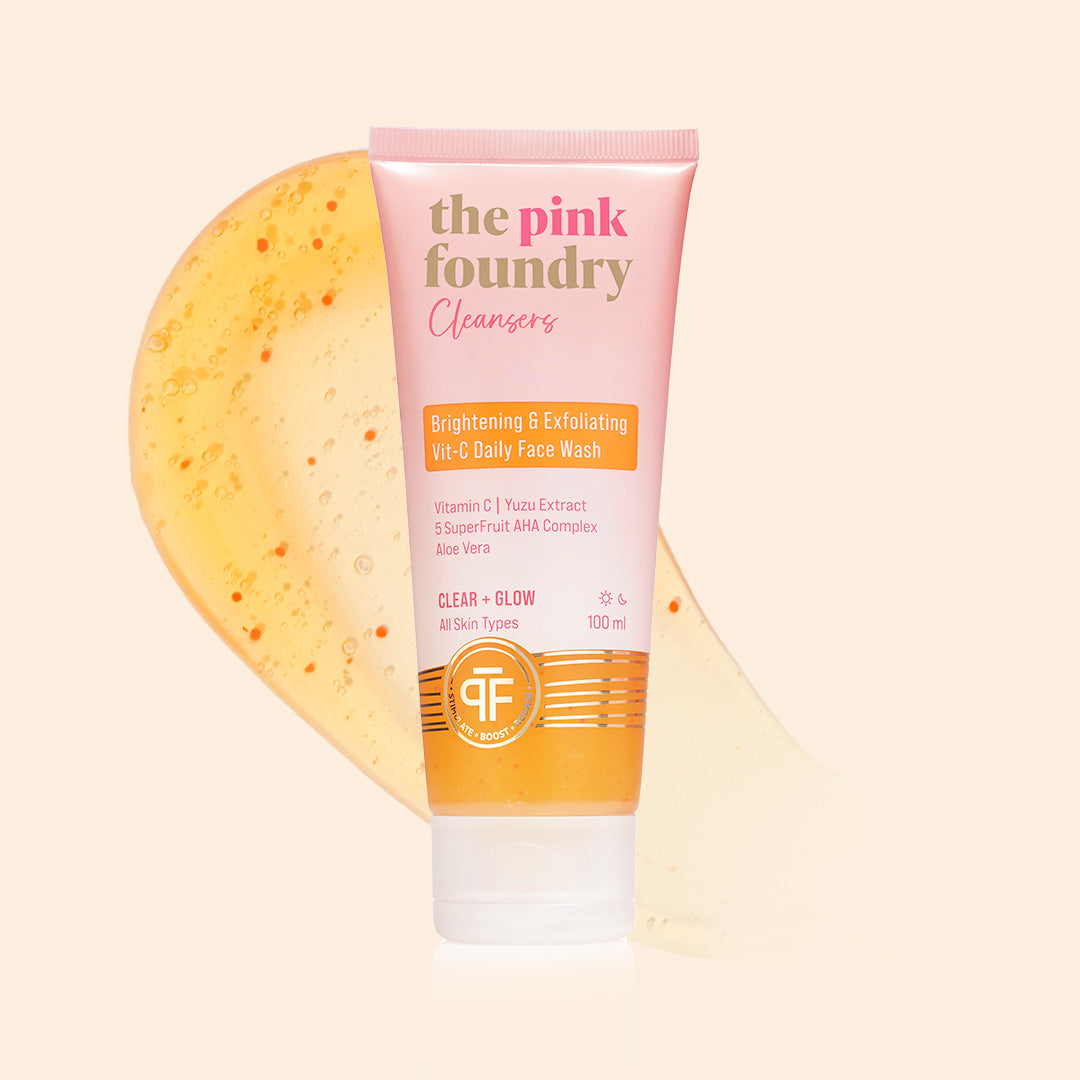
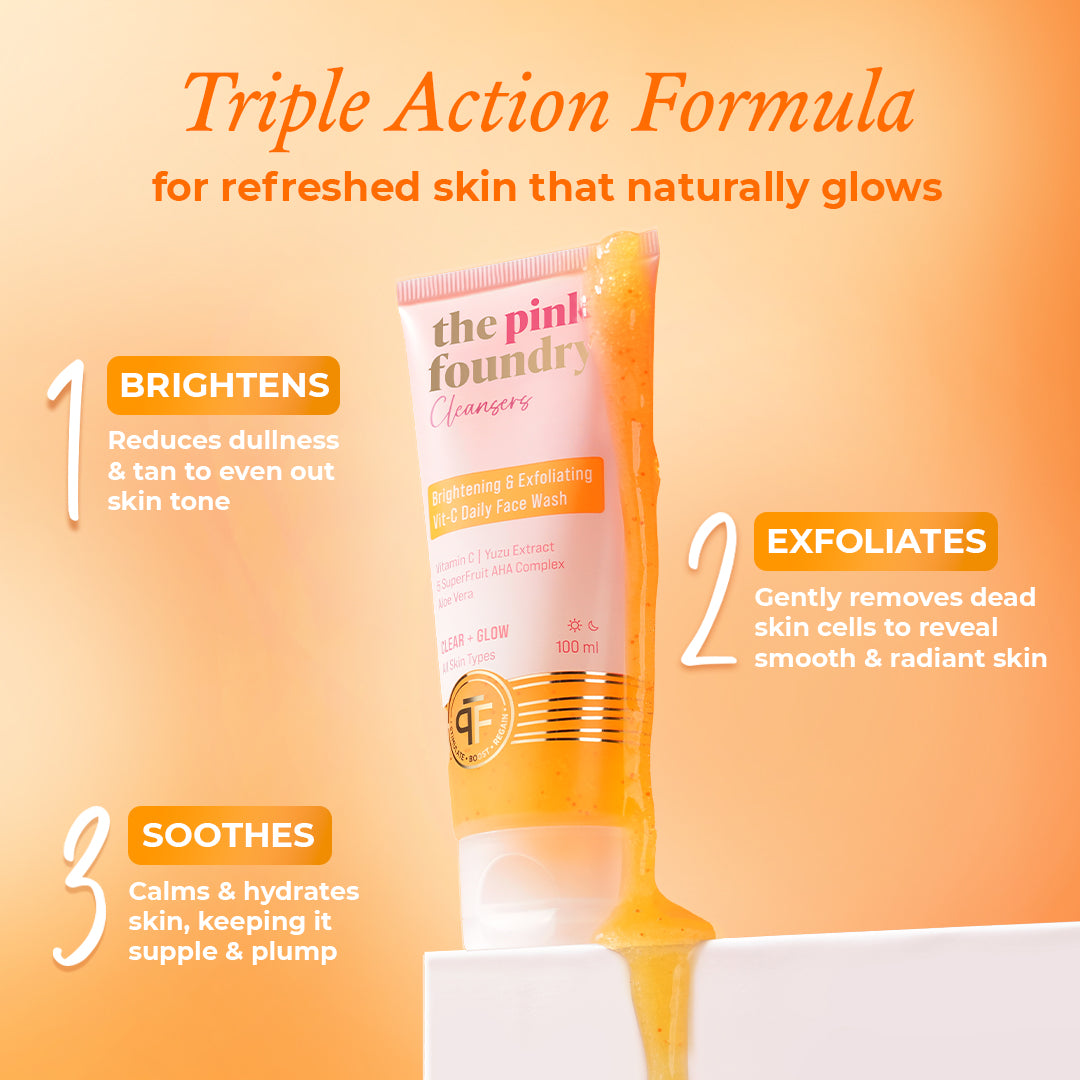
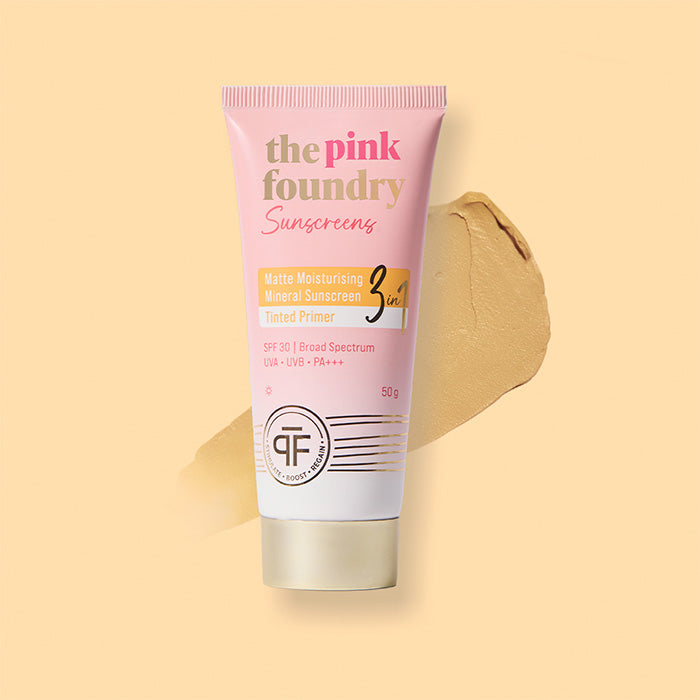
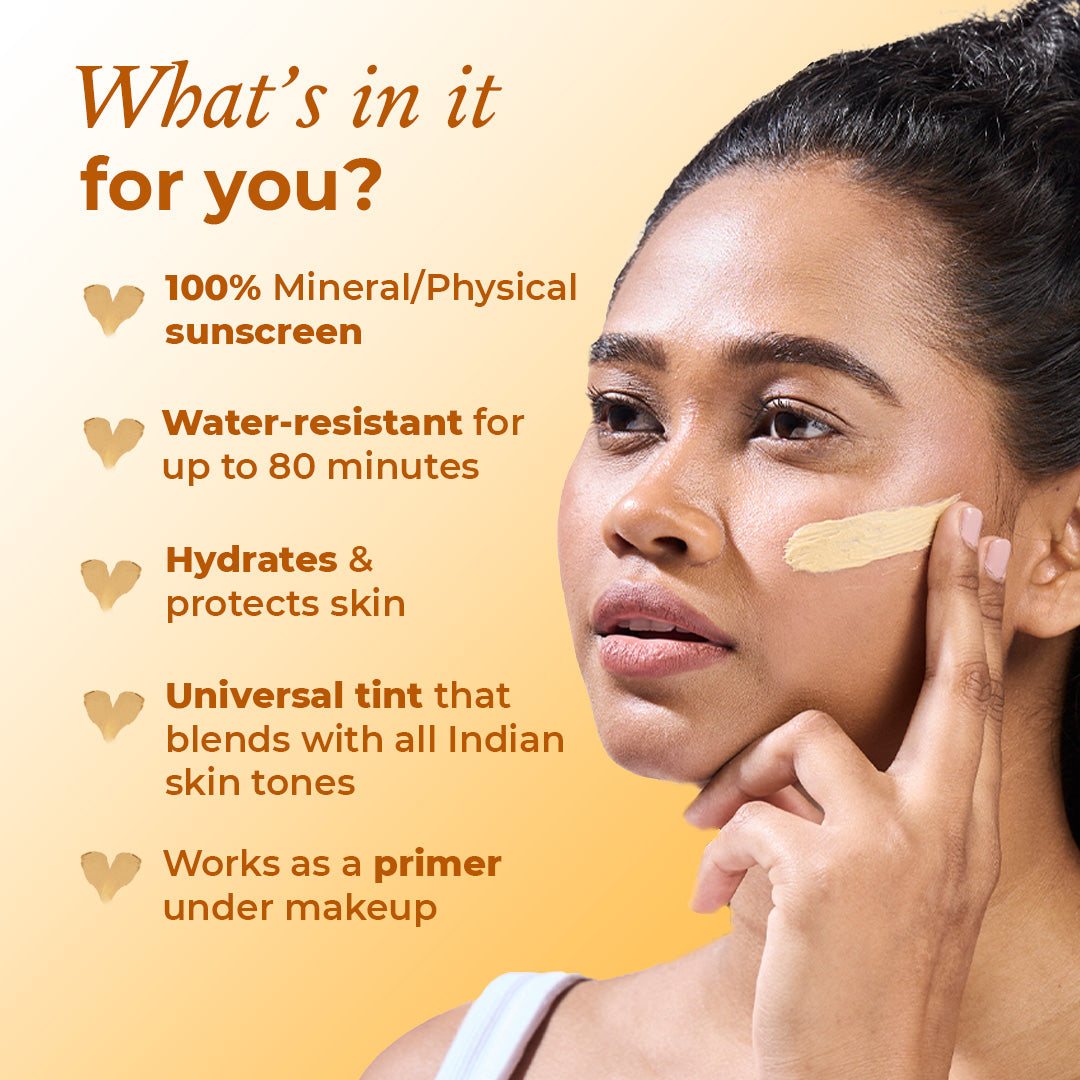
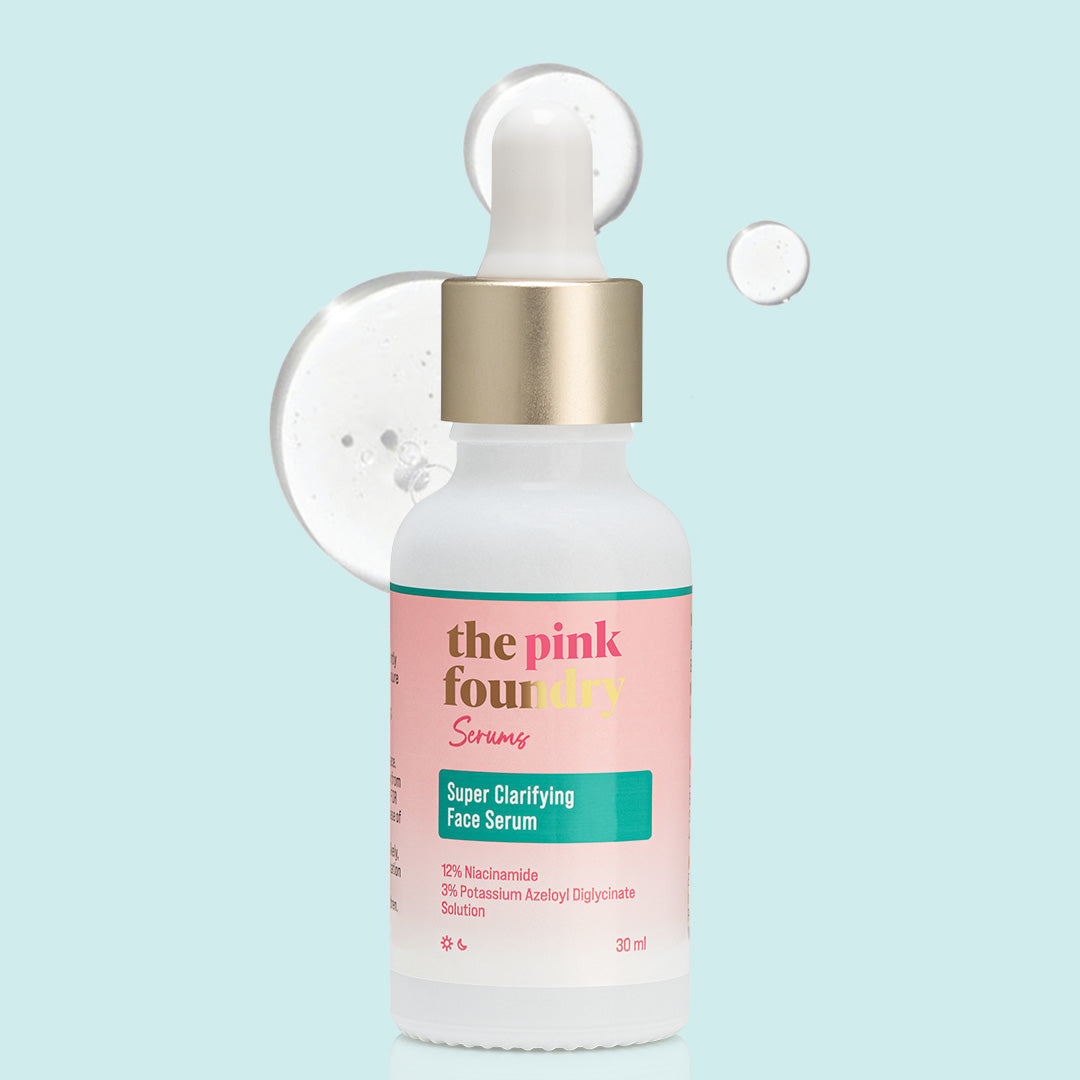
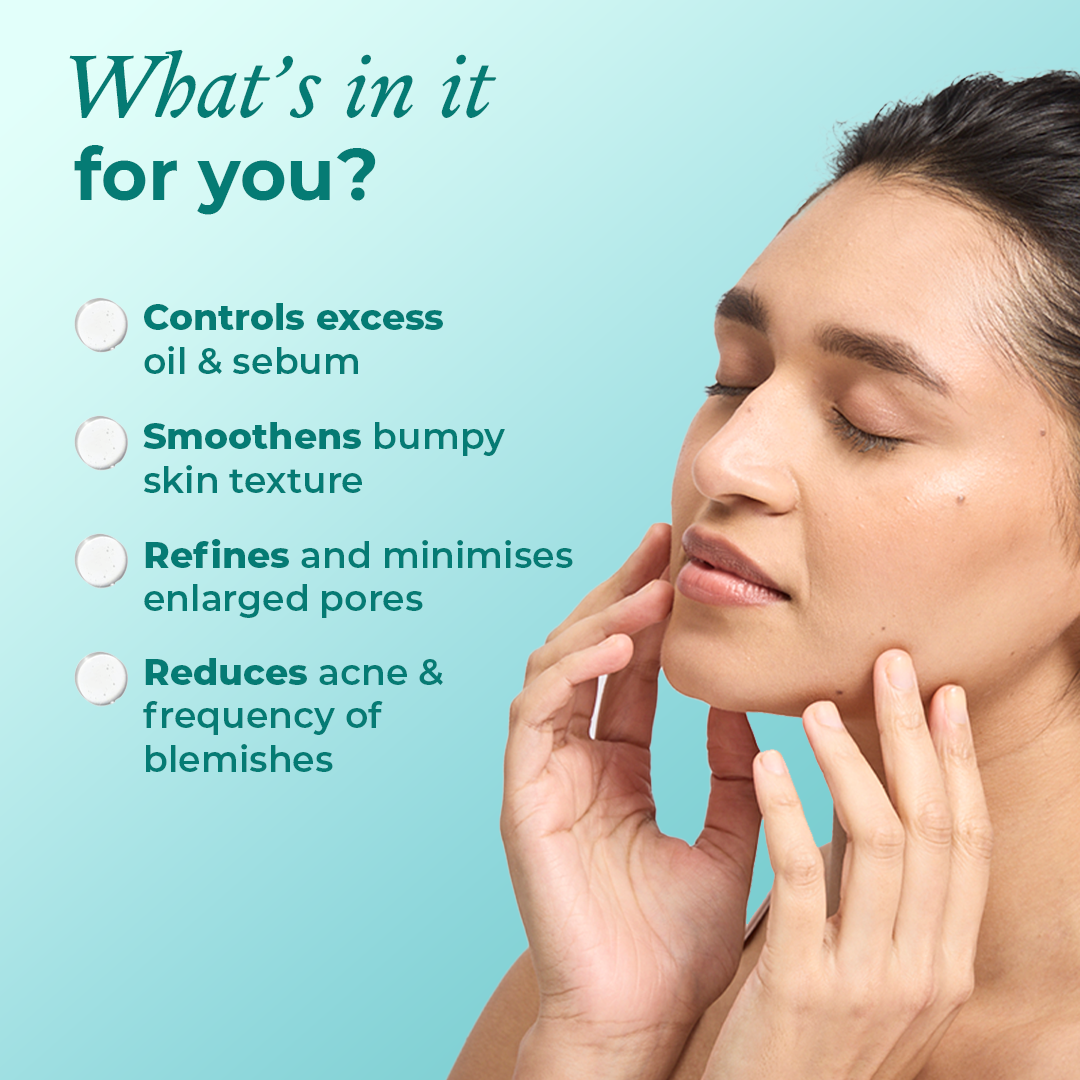

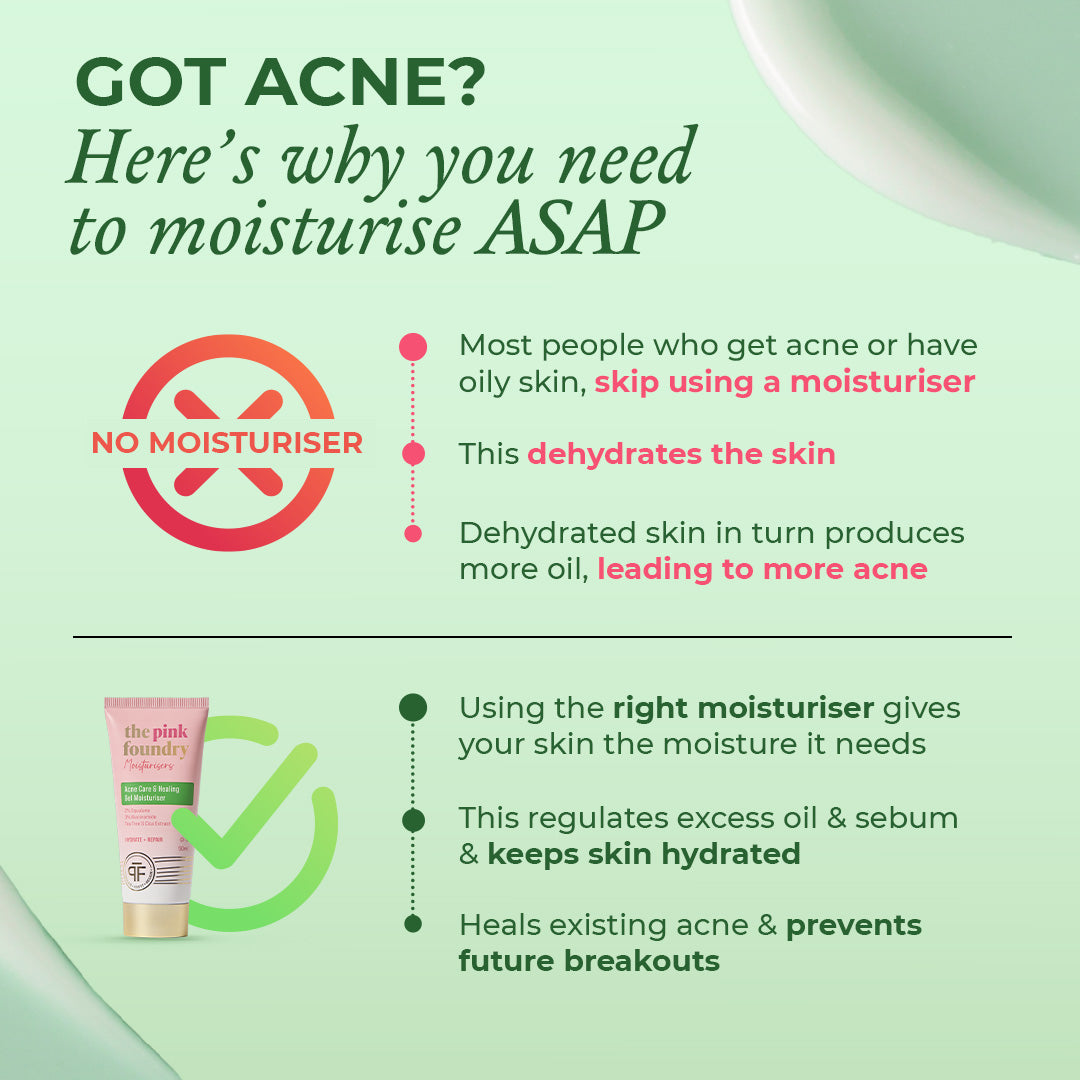
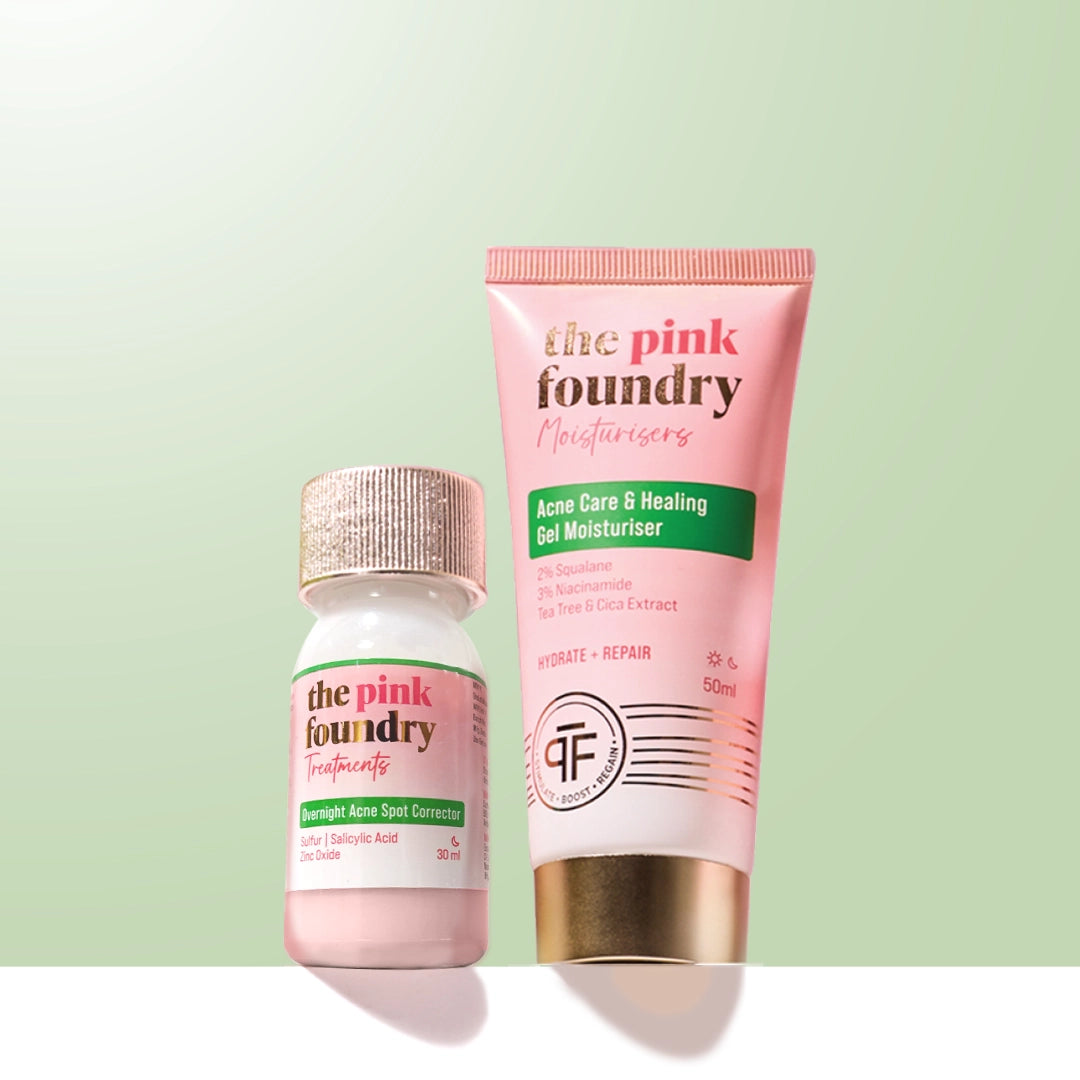
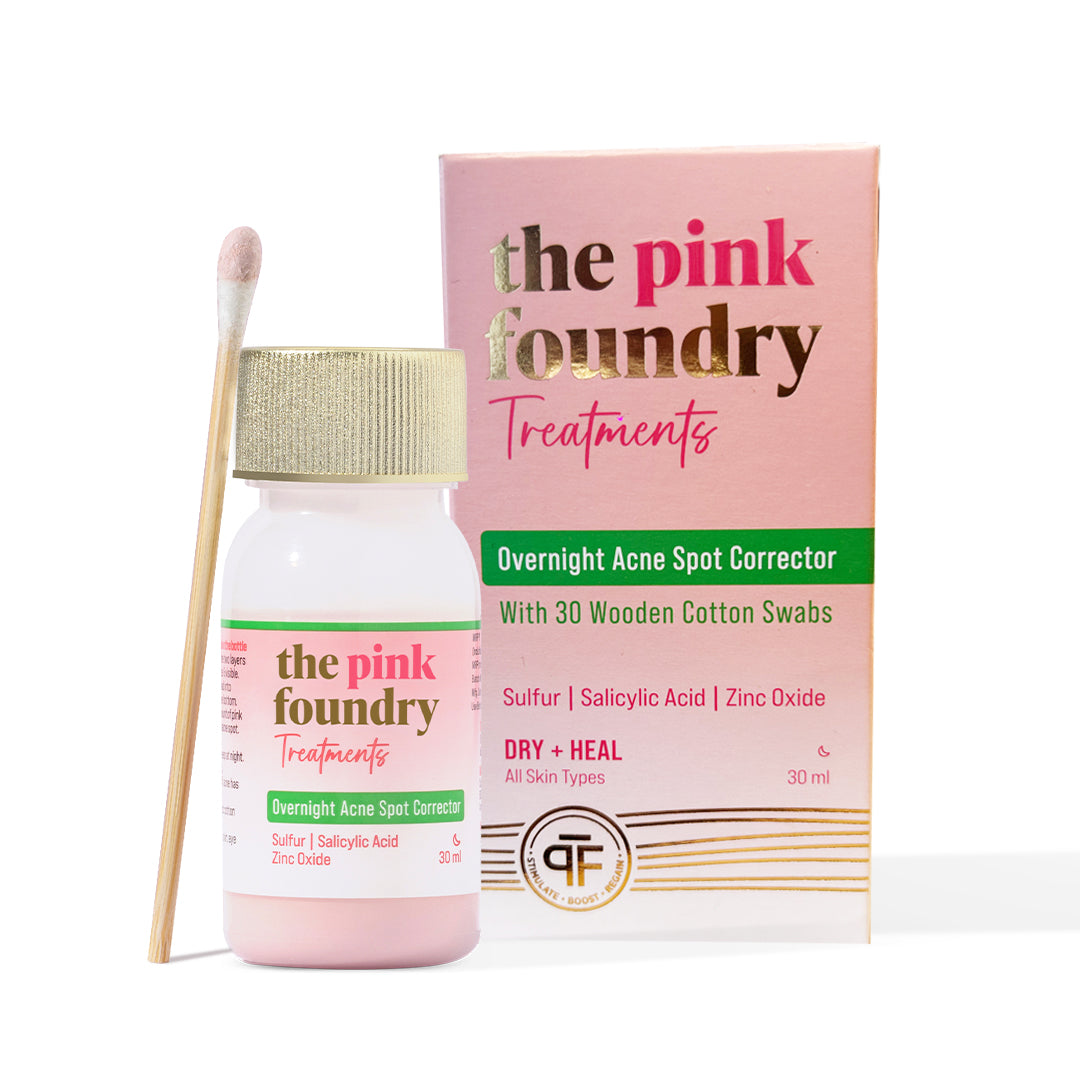
Leave a comment
This site is protected by hCaptcha and the hCaptcha Privacy Policy and Terms of Service apply.